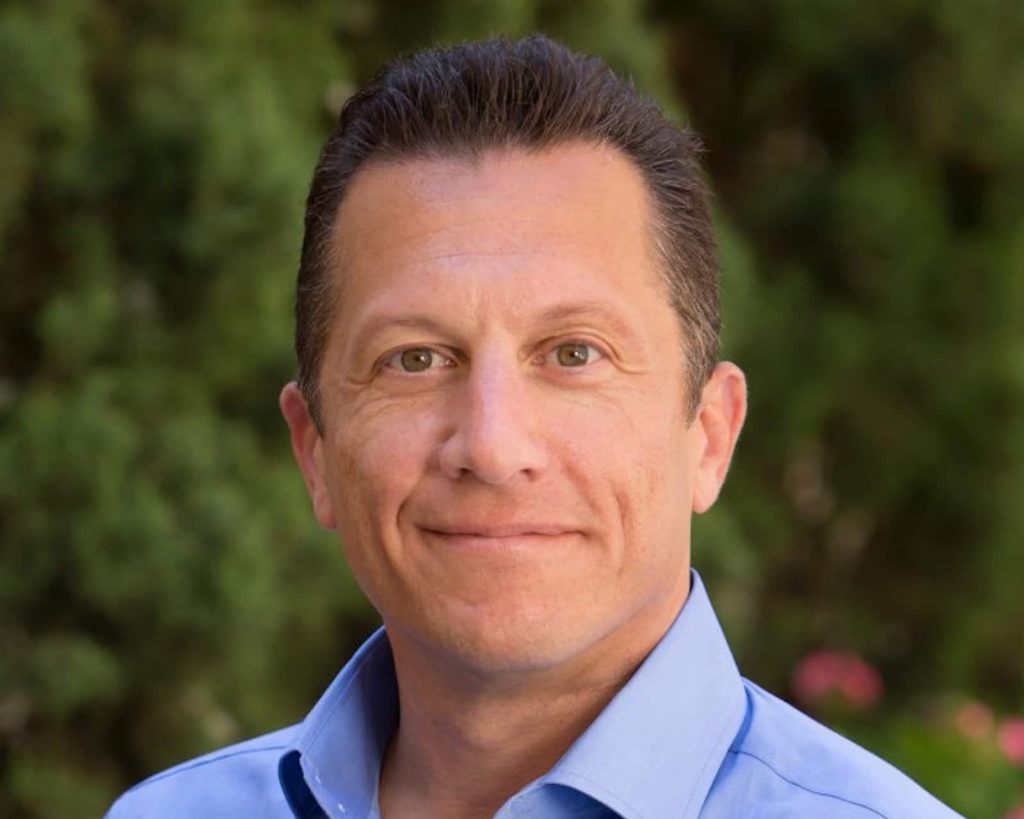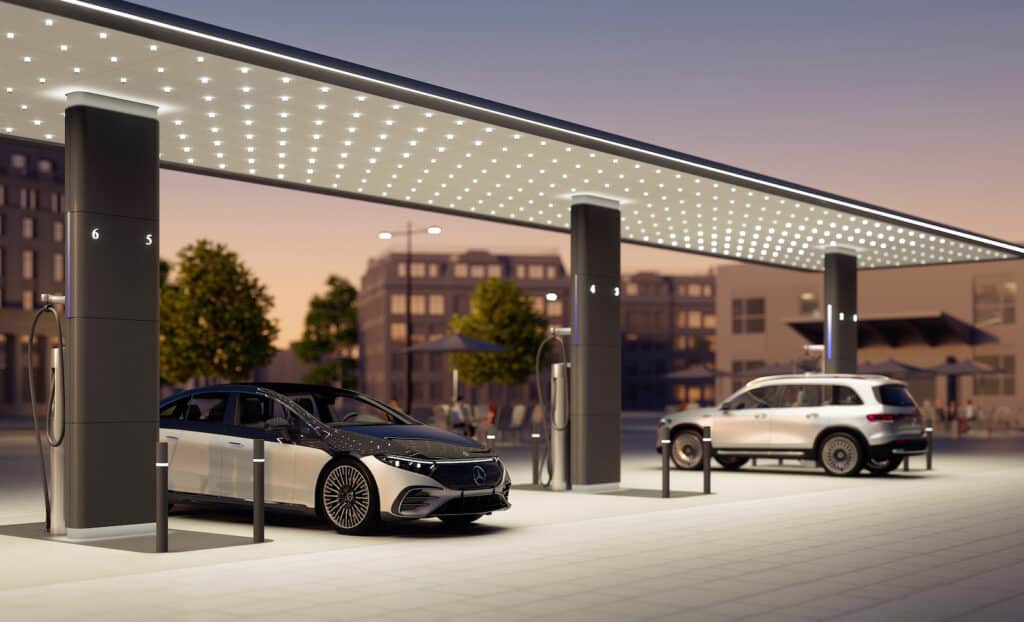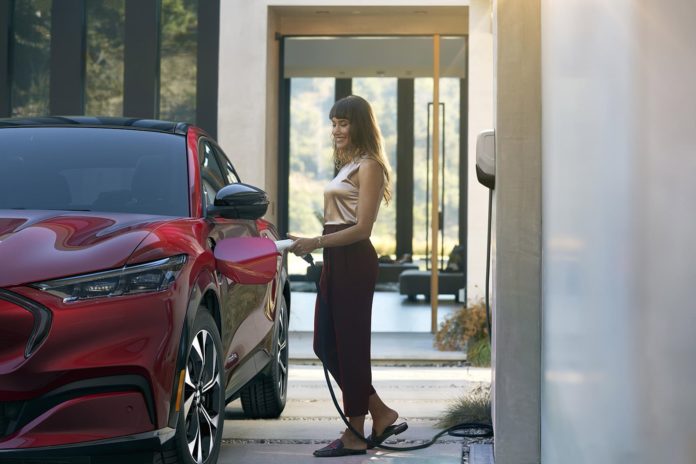With U.S. EV sales rising fast, the country will need to quadruple the number of public charging stations by 2025, a new study said.
Demand is already growing as more EV owners head out on long trips, research shows. And public chargers will be necessary to allow motorists who can’t install home chargers to plug in.
“The transition to a vehicle market dominated with electric vehicles (EVs) will take years to fully develop, but it has begun,” said S&P Global Mobility analyst Ian McIlravey. “With the transition comes a need to evolve the public vehicle charging network, and today’s charging infrastructure is insufficient to support a drastic increase in the number of EVs in operation.”
Soaring demand for EVs — and for public chargers
Battery-electric vehicles currently make up less than 1% of the 281 million vehicles today operating on U.S. roads, the new study from S&P Global Mobility noted. But that’s expected to grow to 7.8 million by 2025. To put the pace of growth into perspective, industry data shows EVs accounted for less than 1% of new vehicle sales in 2019 but grew to more than 5% last year. Most analysts expect the EV market share to reach around 20% by mid-decade, with the Biden administration targeting 40% to 50% by 2030.
Currently, 80% to 90% of charging is done at home or office, according to industry watchers such as Pat Romano, CEO of ChargePoint, one of the largest operators of public charging stations.

But that is expected to shift, at least somewhat, as EVs become more prevalent. For one thing, more owners have begun traveling for work or pleasure, stretching the limits of even newer, longer-range products like the Tesla Model 3 Long-Range, Lucid Air Dream and Ford F-150 Lightning. And, in the coming years, more residents of apartments, condos and other dwellings where chargers are unavailable are expected to go electric.
The numbers are growing — but not fast enough
Companies like ChargePoint, EVgo, Green Lots and Electrify America have been accelerating the rollout of public charging facilities. And several automakers have announced projects of their own in recent months, including General Motors and Mercedes-Benz. The German automaker announced at CES last week plans to set up a branded network of 10,000 charging stations worldwide, with more than 2,000 to go into the U.S. and Canada.
Last year saw 54,000 new Level 2 public chargers and another 10,000 DC quick chargers go into operation in the U.S. alone, according to the new S&P report. The research and consulting firm said that, there are now about 126,500 of the slower Level 2 chargers, and another 20,431 DC quick chargers available to EV owners. That does not include another 16,822 chargers operated by Tesla. That automaker uses a proprietary plug only usable by Tesla vehicles — though the automaker has indicated it may open up for use by non-Tesla owners with appropriate plug adaptors.

According to the latest data from the U.S. Department of Energy there were about 66,000 individual public charging stations in operation as of November 2022.
Looking ahead
The S&P study estimates the number of public charging stations will need to quadruple by 2025. But it also forecasts a need for the actual number of individual chargers to grow six-fold, to around 700,000 Level 2 and 70,000 Level 3 chargers.
Currently, many charging stations operate with just one or two individual chargers, but operators are finding it necessary to add more plugs as demand grows. That reflects not just the increase in EV sales but the fact that those vehicles may need to be plugged in for extended periods. It can take anywhere from 5 to 10 hours for a 240-volt Level 2 charger to top off a drained battery, with high-powered DC quick chargers requiring anywhere from 20 minutes to more than an hour.
Broken chargers pose a headache
Having more chargers addresses only one of the problems, however. There have been widespread reports of faulty chargers causing motorists to have to look for alternative places to plug in. A study published early last year by the University of California, Berkley estimated only 72.5% of the 657 public quick chargers in the San Francisco Bay Area were operational at any given time.
Mercedes officials, when announcing their new charging network last week, said they will take steps to ensure maximum up time at their facilities.
Longer term, experts agree the public charging network will need to continue growing. The Biden administration has called for the opening of 500,000 charging stations by 2030. The S&P Global Mobility report, meanwhile, estimated the U.S. will need 2.13 million individual Level 2 and 172,000 Level 3 chargers by then.

